Elbow sleeves can ease symptoms of tendonitis by adding gentle compression, warmth, and proprioceptive support, which often makes gripping and pressing movements feel better. They’re not a cure—you’ll still want smart load management and basic rehab—but they’re a practical, comfortable aid you can wear during training. If you live in New Zealand and want sleeves that actually fit (S–4XL) and ship fast, check out Fitness Fox 7 mm Pro Elbow Sleeves (Pair) — shop the collection here: Elbow & Knee Sleeves.
Heads-up: This article is educational only, not medical advice. If symptoms persist, worsen, or include numbness/tingling, please see a clinician.

What we mean by “tendonitis” (and why sleeves can help)
Most gym-goers who say “elbow tendonitis” mean one of two overuse conditions:
-
Lateral epicondylitis (tennis elbow): pain on the outside of the elbow, aggravated by gripping, pulling, and wrist extension.
-
Medial epicondylitis (golfer’s elbow): pain on the inside of the elbow, aggravated by wrist flexion and certain push/press patterns.
Both involve irritated tendon tissue where forearm muscles anchor to the elbow. That tissue hates cold, sudden spikes in load, and repetitive stress without recovery. Compression sleeves help by:
-
providing mild, even pressure (reduces the “sharpness” of discomfort),
-
adding warmth (stiff tissues often feel better when warm),
-
improving proprioception (you “feel” the joint and control loads more smoothly).
They won’t magically remodel tendon, but they can make training tolerable while you fix the root cause (technique, volume, grip width, recovery, etc.).
Read more: What Do Knee Sleeves Do? (Fitness Fox Guide)
When an elbow sleeve makes the most difference
-
Warm-ups & early sets: sleeves reduce stiffness in cool gyms and help you groove technique without “zingy” pain.
-
Volume phases: during higher-rep blocks, compression calms background ache so you can complete the session with less irritation.
-
Return-to-training: after a flare, sleeves add just enough support to bridge the gap as you rebuild tolerance.
-
All-day comfort: compared to rigid braces, sleeves are more comfortable for chores, computer work, or driving.
Where sleeves are not enough: explosive grip work that lights up the exact tendon origin (e.g., heavy rows with hard hook grip). Many lifters combine a counterforce strap for those sets plus a sleeve for comfort/warmth the rest of the time.
Sleeve vs. Strap vs. Tape (what to wear, when)
|
Support |
How it works |
Best for |
Pros |
Cons |
|
Elbow sleeve (neoprene) |
Global compression, warmth, proprioception |
Mild–moderate symptoms, long sessions, warm-ups |
Comfortable; easy to wear; helps you “feel” the joint |
Not as targeted at the tendon origin |
|
Counterforce strap/brace |
Off-loads the tendon origin by redistributing force to the forearm |
Gripping tasks that spike pain; rows, pulls, tools |
Targeted relief; inexpensive |
Can feel tight; placement matters |
|
Kinesiology tape |
Light sensory input; may cue mechanics |
Short events, low irritation days |
Barely noticeable; quick to apply |
Short wear time; variable results |
Practical combo: Strap for your highest-grip sets; sleeve for everything else.
Read more:
The rehab you still need (non-negotiables)
Relative rest: Temporarily back off the exact moves that provoke pain (e.g., switch bar path, grip width, or handle choice; reduce volume 20–40%).
Isometrics → eccentrics → concentrics: Begin with pain-tolerant isometric holds (wrist extensor and/or flexor), progress to eccentric loading (slow lowering), then to full-range strengthening.
Mobility/soft tissue: Gentle forearm stretches; 60–90 s per muscle group; no aggressive pain.
Progressive overload: Rebuild capacity by adding load, time-under-tension, or frequency in small steps.
Red flags: Persistent night pain, loss of grip, tingling/numbness, or swelling → get checked.
Sleeves make that plan more comfortable—they don’t replace it.
Buyer’s guide: how to choose an elbow sleeve that actually helps
-
Thickness: 7 mm neoprene is the sweet spot for warmth + compression without bulk.
-
Patterning: Pre-curved/anatomical panels that follow elbow flexion reduce bunching and hot spots.
-
Seams: Flatlock or reinforced stitching at stress points lasts longer.
-
Sizing: Snug, not numb. Measure mid-forearm circumference and follow the chart. If you’re between sizes, most lifters prefer the tighter fit for training and looser for all-day wear.
-
Use window: Wear for warm-ups and working sets; remove at rest to let skin breathe.
Why New Zealand lifters pick Fitness Fox
-
NZ-based, fast delivery: Local courier timelines, free NZ shipping from $50, and an express option when you need sleeves for next week’s block.
-
Fit for real hands: S–4XL size run means fewer compromises and less slipping.
-
Built for training: 7 mm neoprene, anatomical shaping, and reinforced seams to hold up under push/pull days.
-
Fair policies: 30-day returns (conditions apply) if the first try isn’t your best fit.
-
Easy checkout: Cards, major wallets, Afterpay and Zip supported.
Ready to browse? Start here: Elbow & Knee Sleeves Collection.
Featured product: Fitness Fox 7 mm Pro Elbow Sleeves (Pair)
Designed for lifters who want practical support without feeling “armoured.” The 7 mm neoprene gives confident compression and warmth; the anatomical cut prevents the annoying bunching some sleeves have at full flexion; and the reinforced seams stand up to chalk, sweat, and hundreds of bending cycles.
-
Best for: pressing days (bench, dips), accessory pulling, longer sessions where comfort matters.
-
Fit tip: Measure mid-forearm; if between sizes, pick the snugger size for training.
-
Pair it with: a counterforce strap for your heaviest high-grip sets, and Gym Gloves if calluses and hot spots are part of the problem.
Shop now → Elbow & Knee Sleeves Collection (look for “7 mm Pro Elbow Sleeves”).
Comparison: elbow sleeves you’ll find at Fitness Fox (at a glance)
Use this to decide in 30 seconds. When in doubt, go 7 mm and size snug.
|
Model |
Thickness |
Feel |
Best Use |
Sizes |
|
7 mm Pro Elbow Sleeves (Pair) |
7 mm |
Firm compression, warm |
Press days, longer sessions, return-to-training |
S–4XL |
|
7 mm Knee Sleeves (cross-sell) |
7 mm |
Firm, joint-hugging |
Squats/lunges; pair if knees also grumpy |
XS–4XL |
|
Gym Gloves (cross-sell) |
— |
Padded palm grip |
Reduce callus pain that worsens elbow symptoms |
XS–4XL (varies) |
-
Browse them here: Elbow & Knee Sleeves and Gym Gloves.
How to size and wear your sleeve (micro How-To)
-
Measure: Wrap a tape around your mid-forearm (not the biceps).
-
Select: Match to the chart. For training, a snug fit minimizes slip; for all-day comfort, go looser.
-
Position: Slide so the sleeve’s middle panel crosses the elbow crease. Flex/extend—there should be no sharp pinching.
-
Train: Wear through warm-ups and working sets.
-
Care: Air-dry after sessions; occasional hand-wash; avoid hot dryers.
Smart training tweaks that ease elbow pain (and protect progress)
-
Grip choice: Neutral or rotating handles on rows/pulldowns spread stress better than fixed straight bars.
-
Bar path & width: Slightly wider or narrower grips can unload angry tendon fibers; test for the position that removes the “zing.”
-
Tempo: Slow eccentrics (e.g., 3–4 s lowering) keep tension training the tendon without ballistic spikes.
-
Set design: Cluster sets or rest-pause can maintain total volume with lower peak irritation.
-
Recovery basics: Sleep, protein, and spacing elbow-heavy sessions 48–72 h apart matter more than most gadgets.
Sleeves make all of this more tolerable, which helps you stay consistent—the real driver of recovery.
FAQs
Do elbow sleeves help with tendonitis?
- Yes—for symptom relief. Compression and warmth often make gripping and pressing feel better. Use sleeves with a simple rehab plan; they don’t fix tendon biology by themselves.
Sleeve or strap: which should I buy first?
- If pain spikes with gripping, start with a counterforce strap for targeted off-load and add a 7 mm sleeve for comfort. If pain is mild and more “achy,” a sleeve alone may be enough for training days.
How tight should an elbow sleeve be?
- Snug, not numb. You should feel even pressure without finger tingling. If you struggle to pull it on or lose sensation, size up.
Can I wear sleeves all day?
- You can, but most lifters wear them only for tasks that hurt (workouts, repetitive chores) and remove them at rest to let skin breathe.
How long until my elbow feels normal?
- Variable—typically weeks with consistent rehab and load management. Sleeves help you train around discomfort while you rebuild capacity.
Put it all together (and where to buy in NZ)
Elbow sleeves are a practical, comfortable tool for training through mild-to-moderate tendon irritation. Pair one with sensible rehab, tweak your grip and volume, and you’ll usually keep progressing without white-knuckling through pain. If you’re in New Zealand and want sleeves that fit properly, ship fast, and pair perfectly with your program, start here:
-
Shop sleeves: Elbow & Knee Sleeves Collection
-
Protect your hands (and reduce grip pain): Gym Gloves
Train smarter, not sorer—then let consistency do its work.




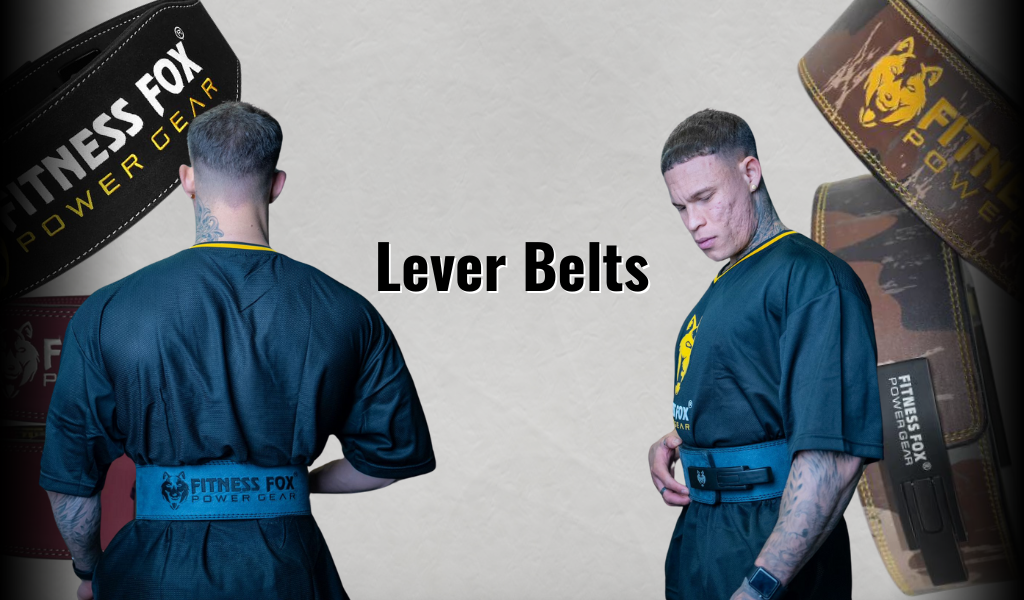
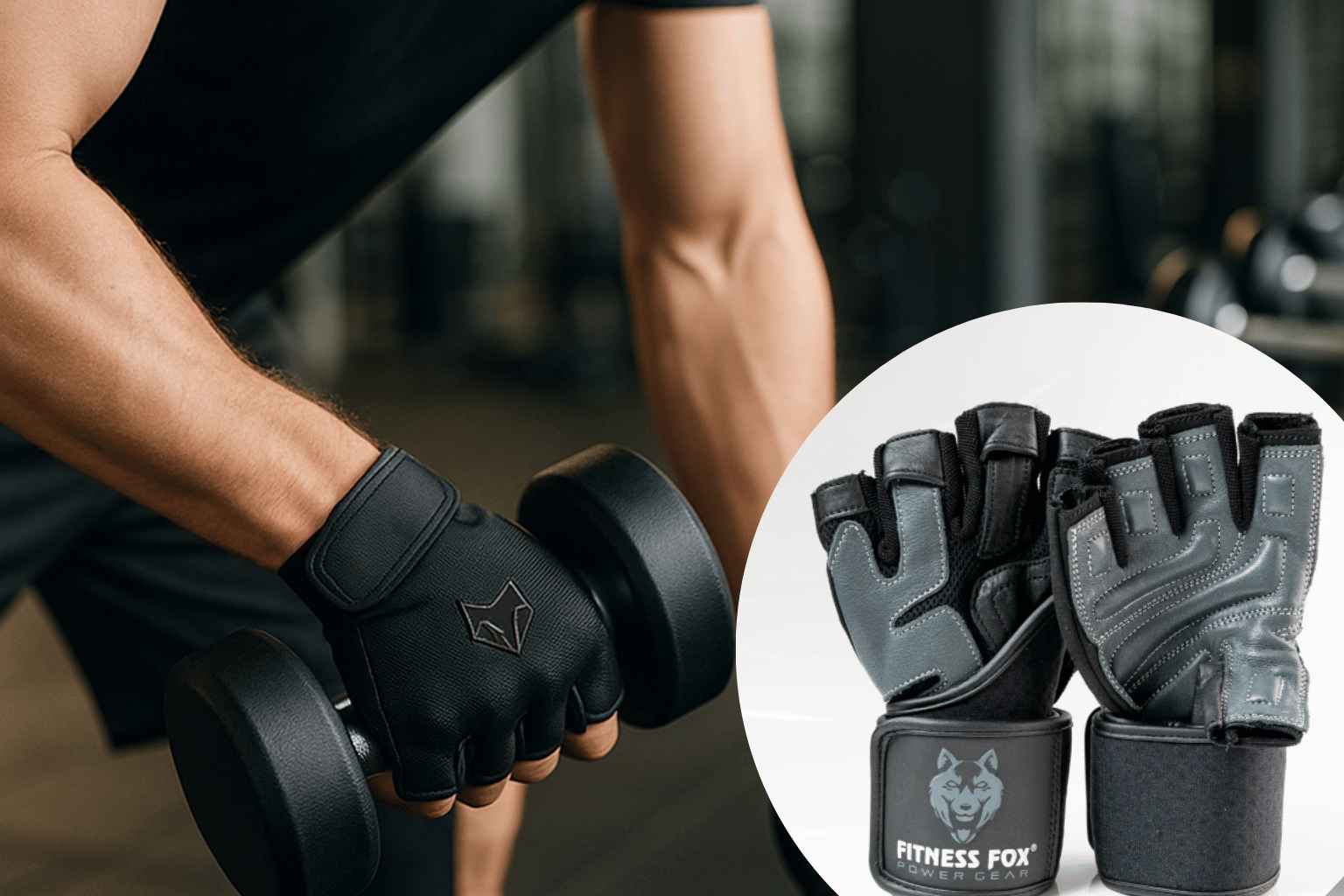
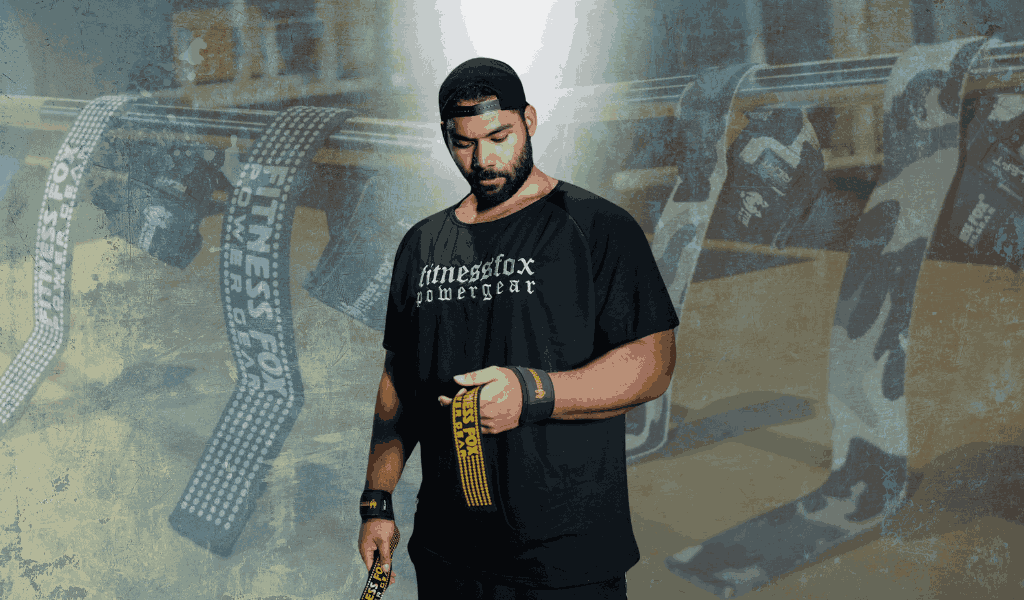
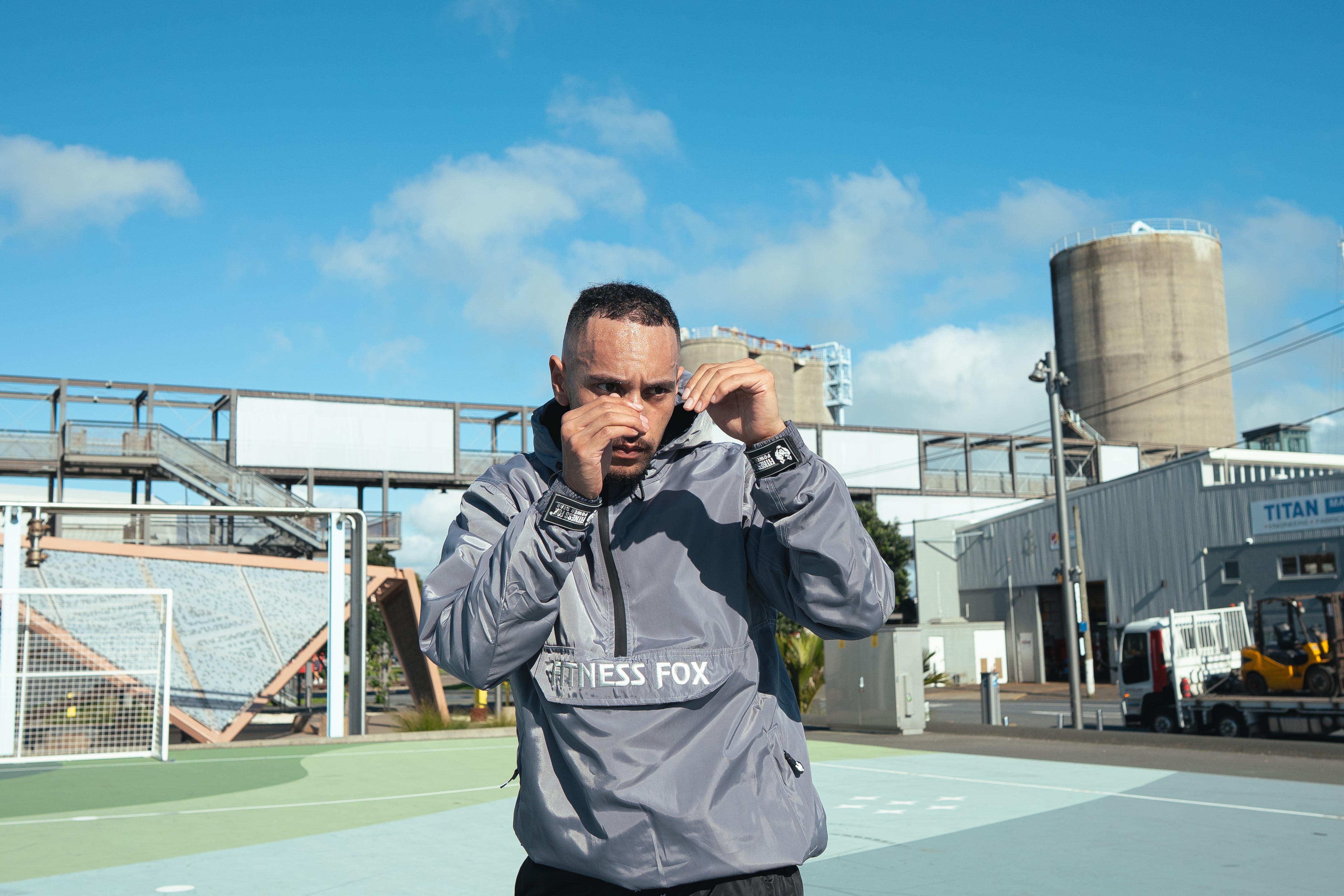
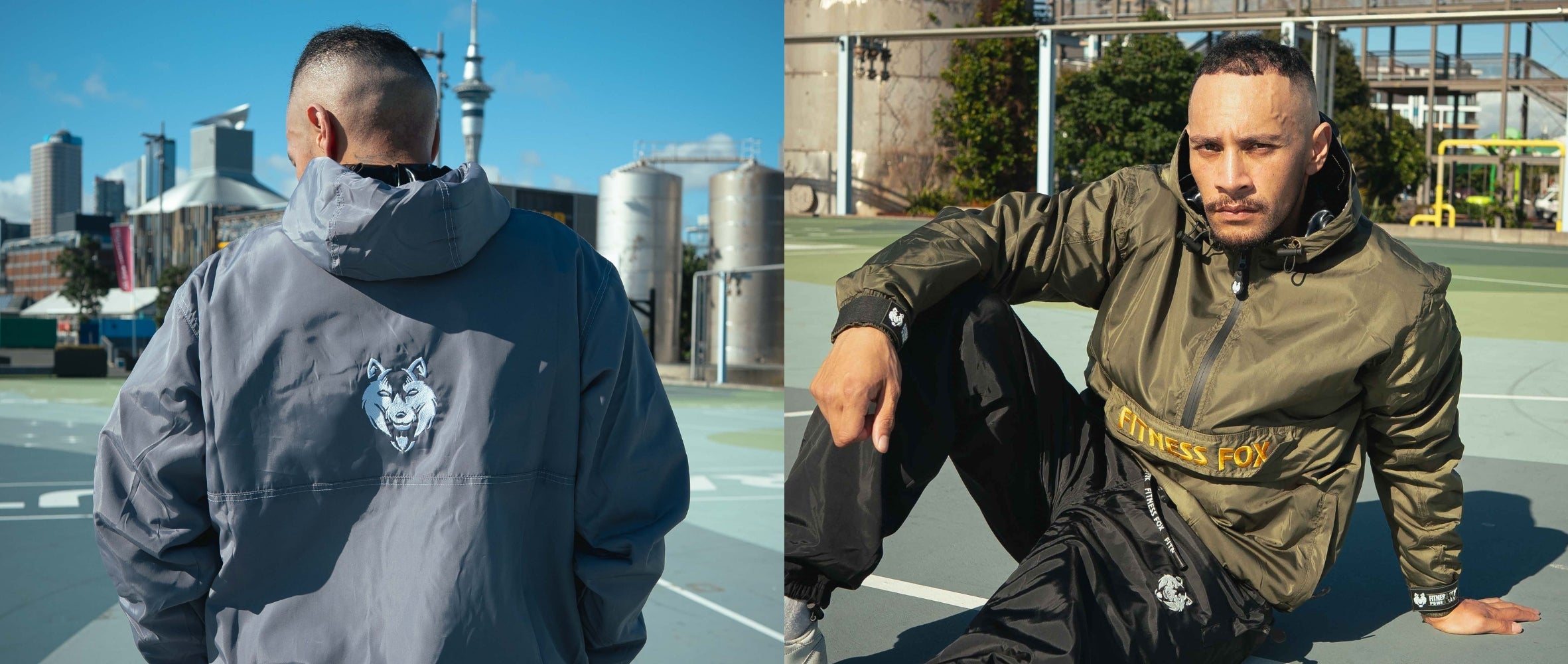
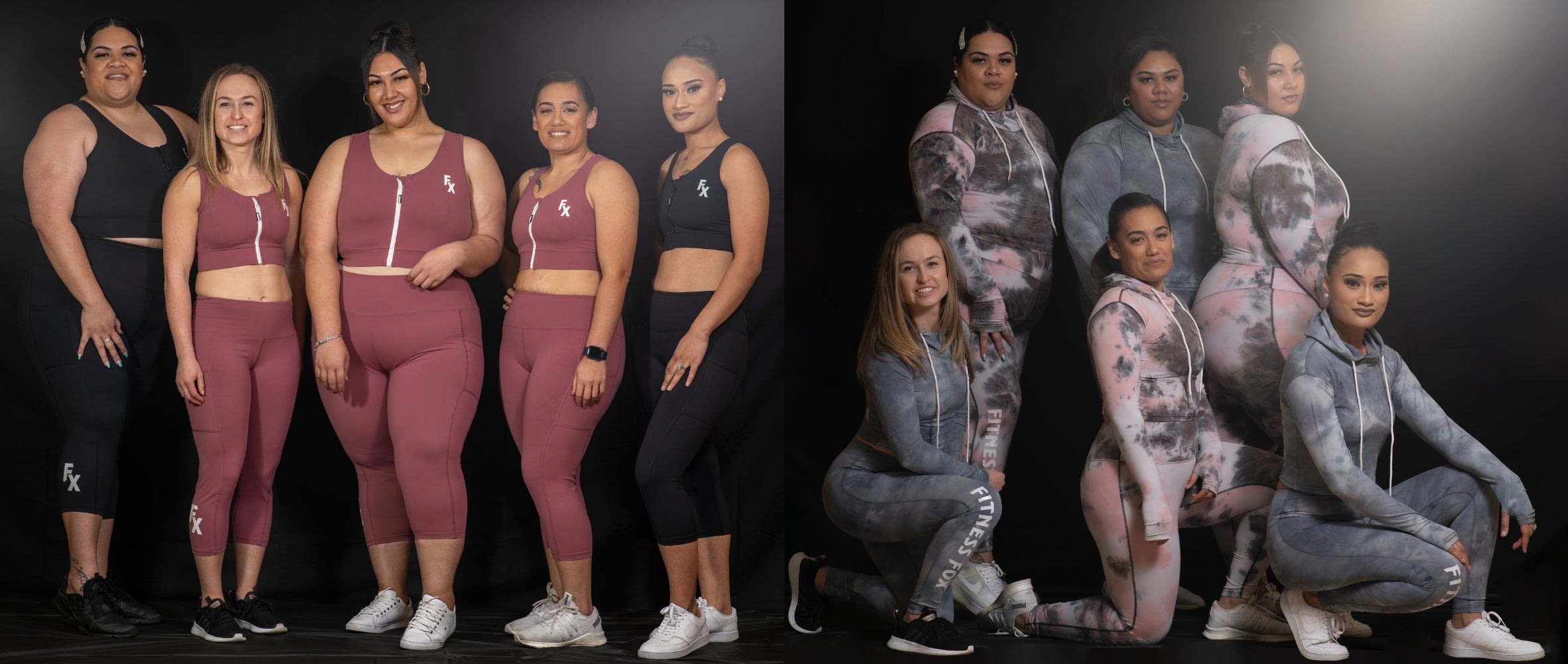
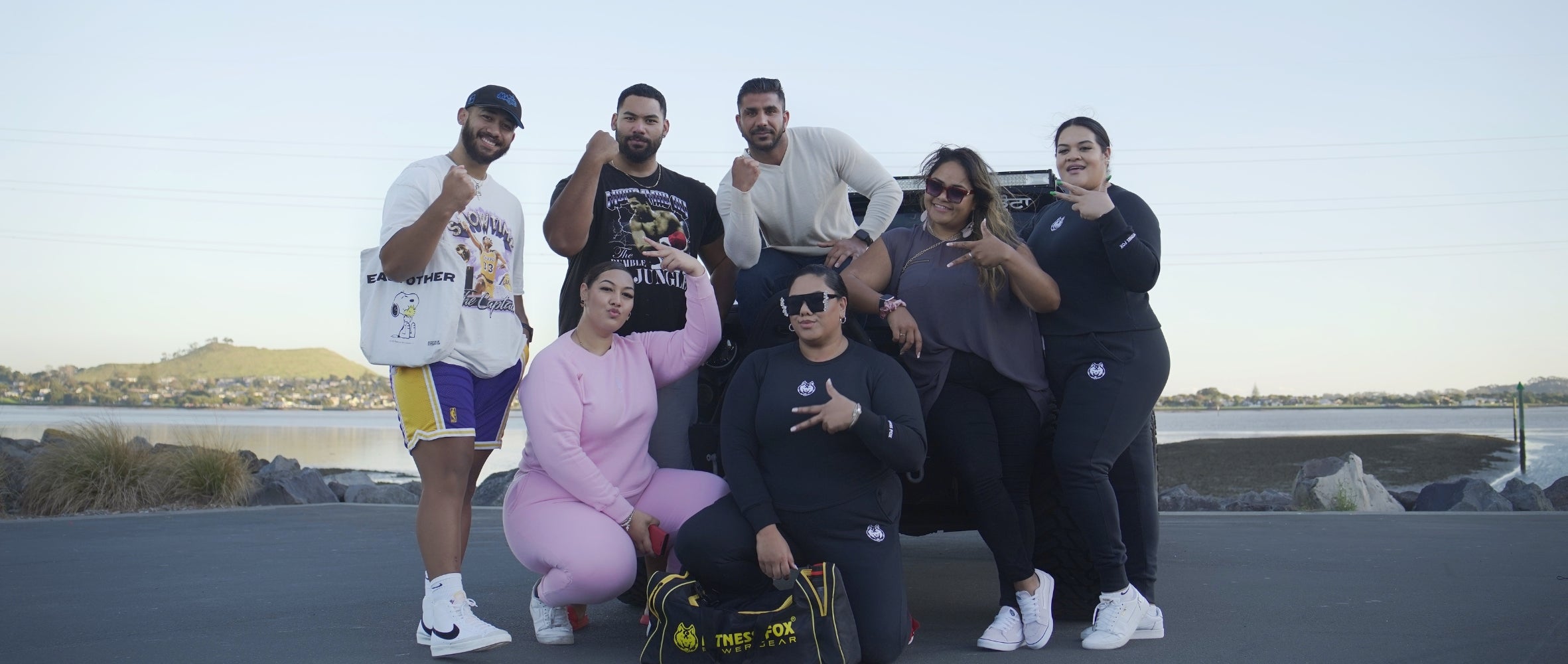

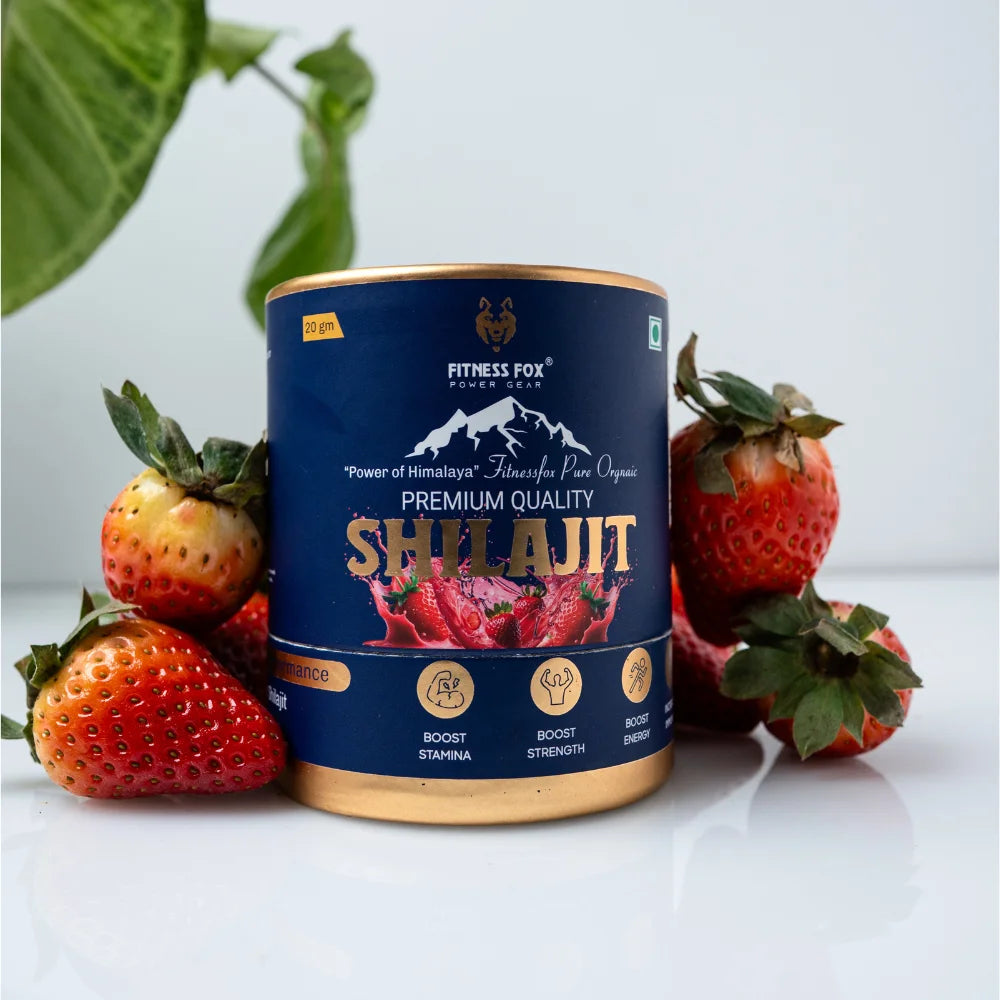
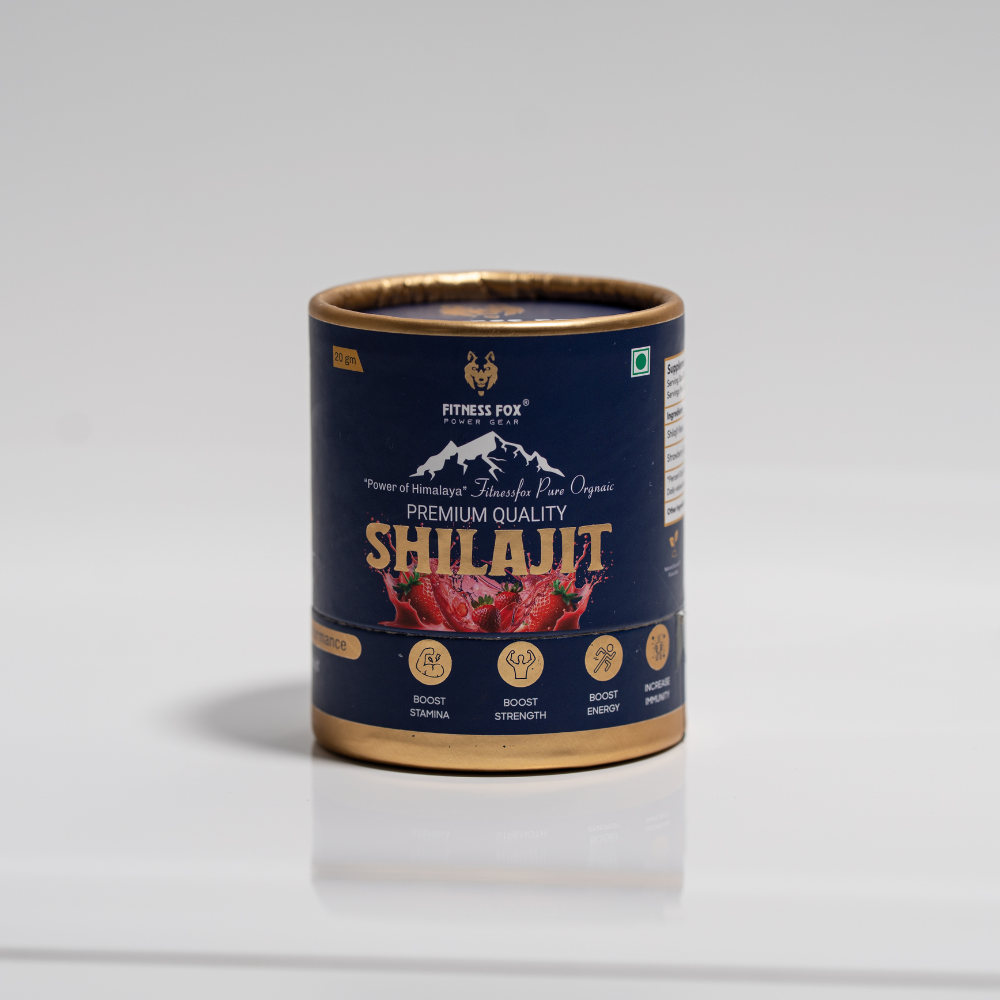
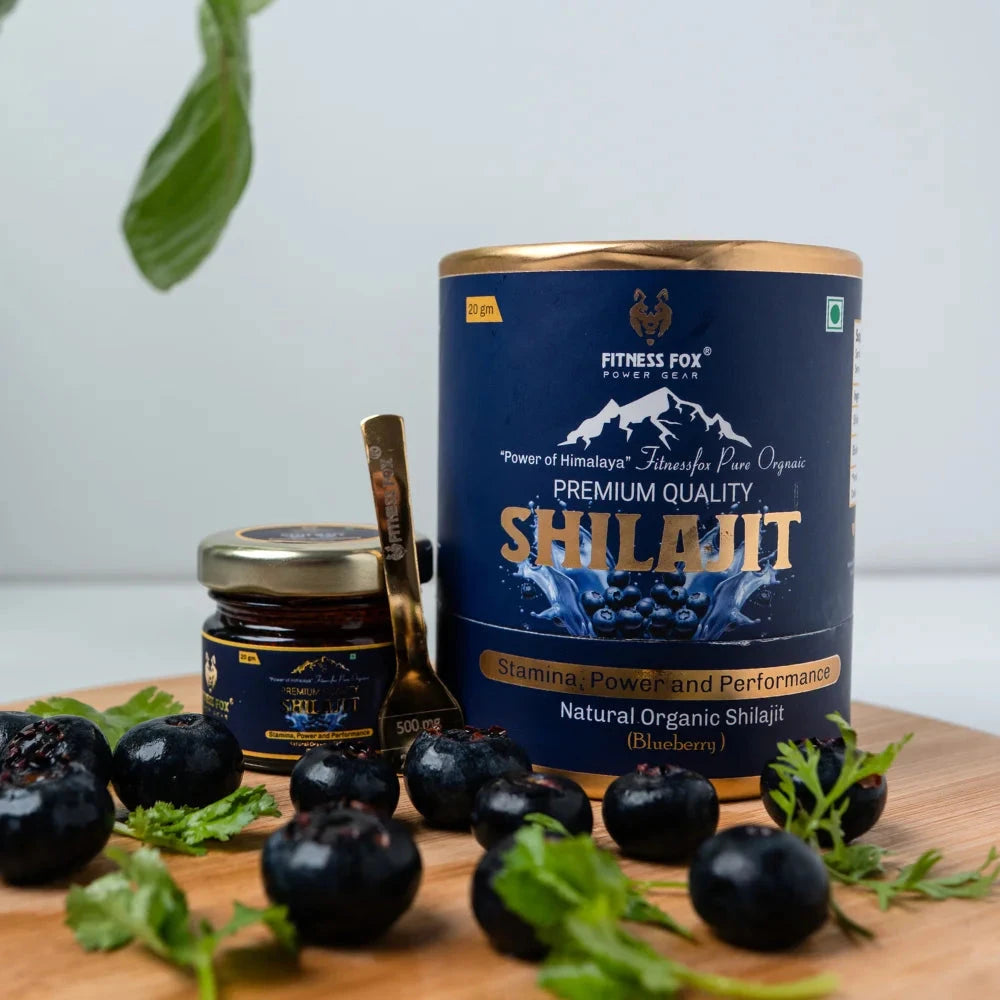
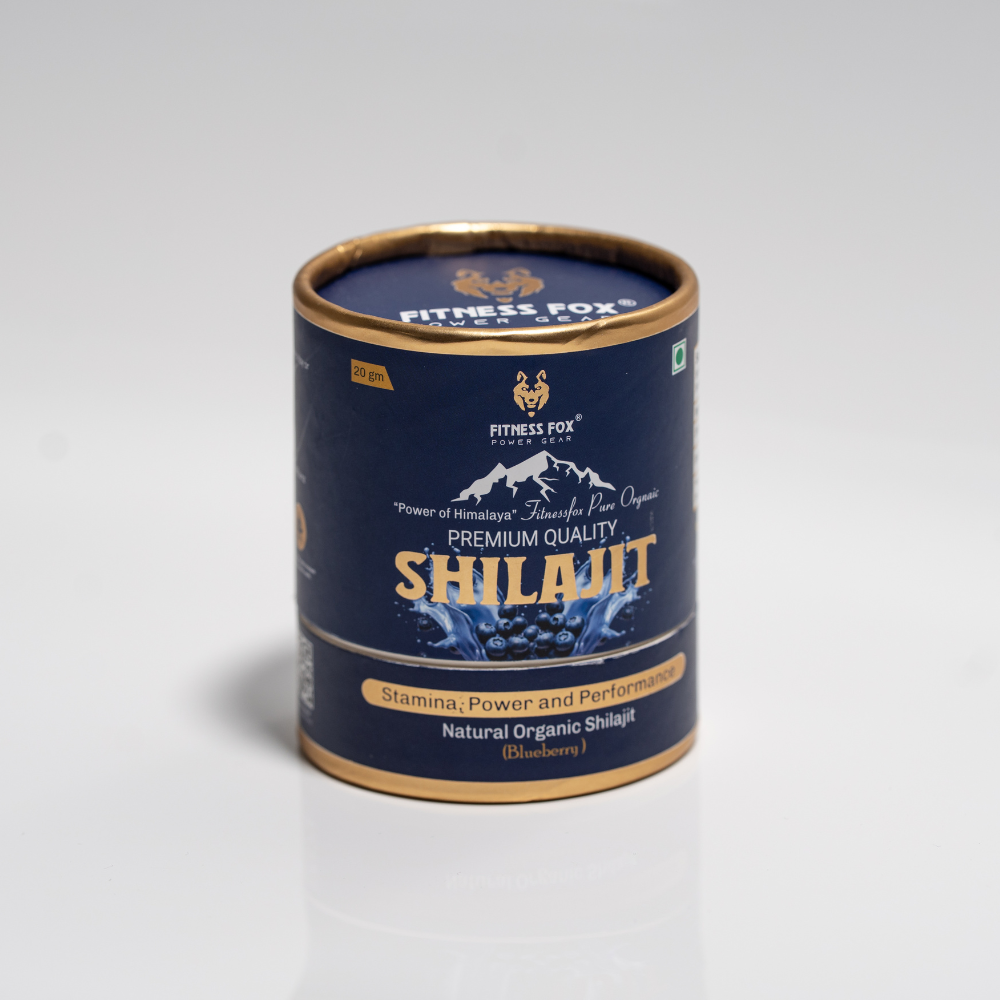
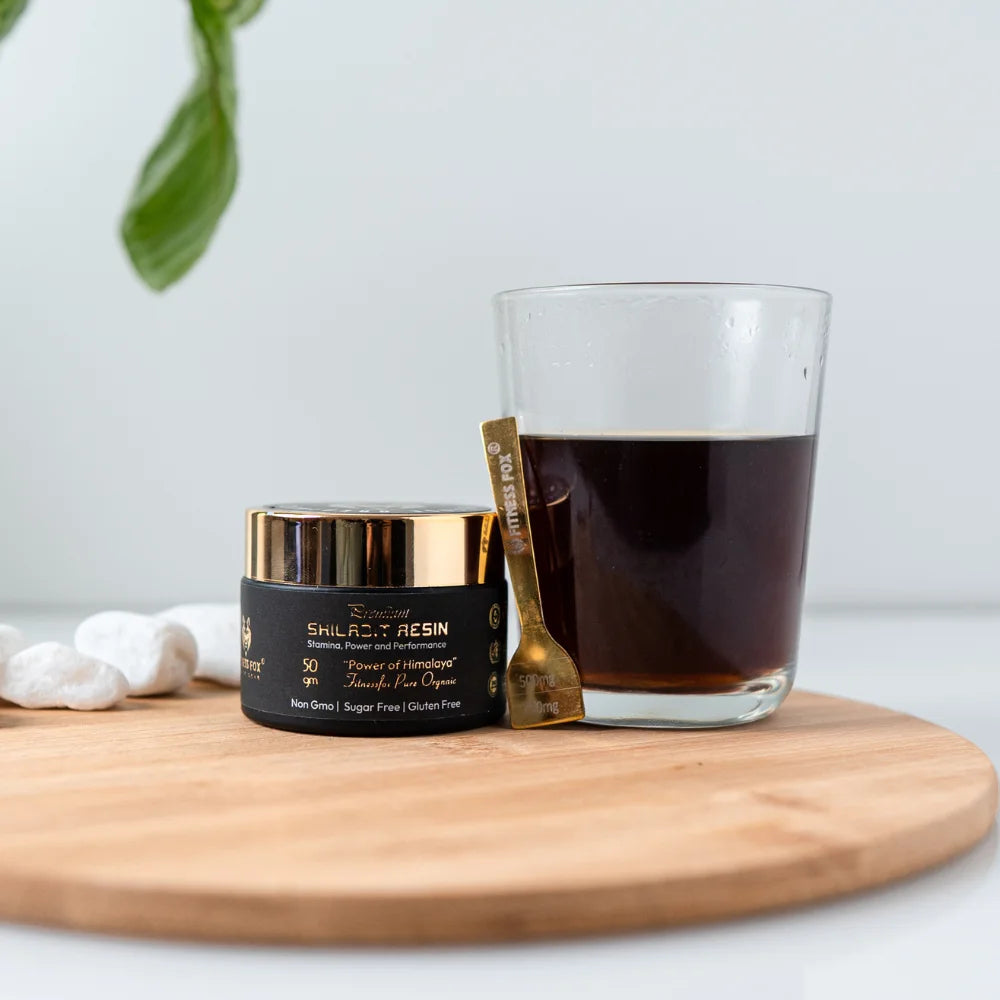
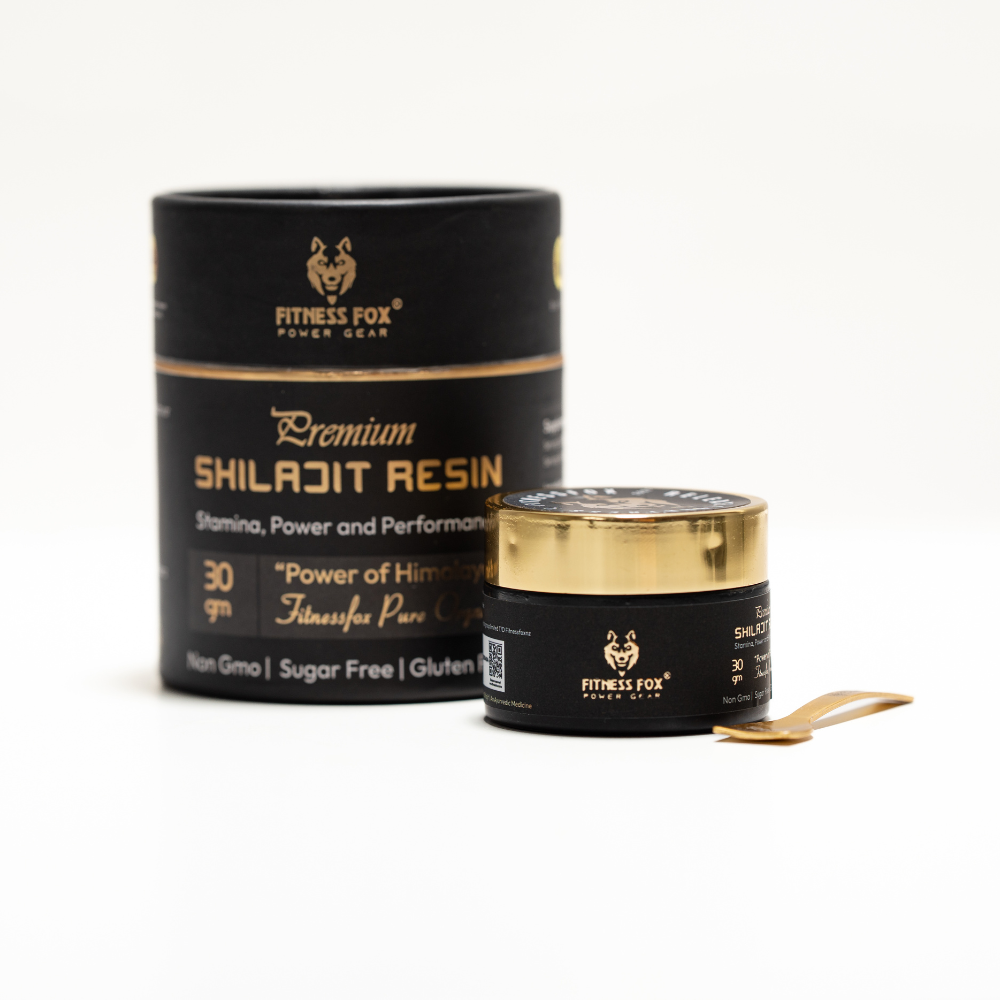



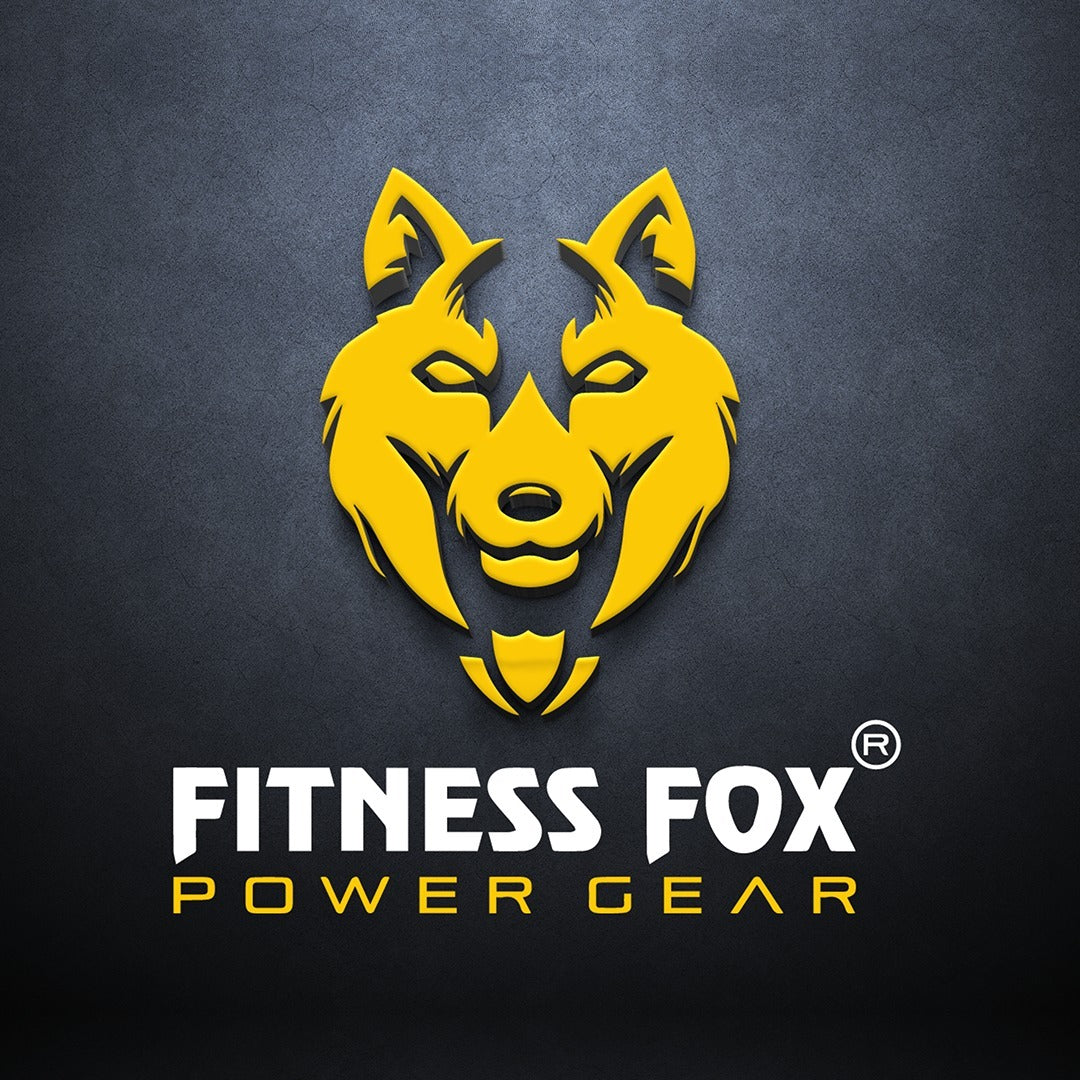
Leave a comment